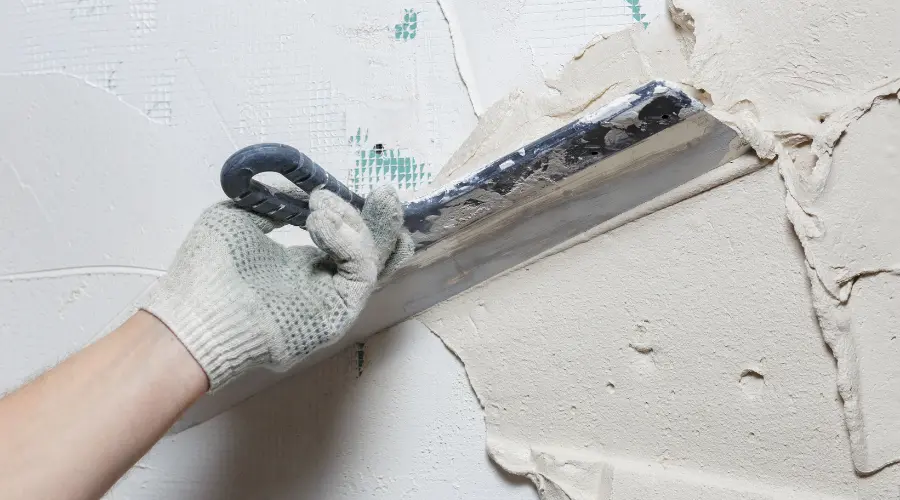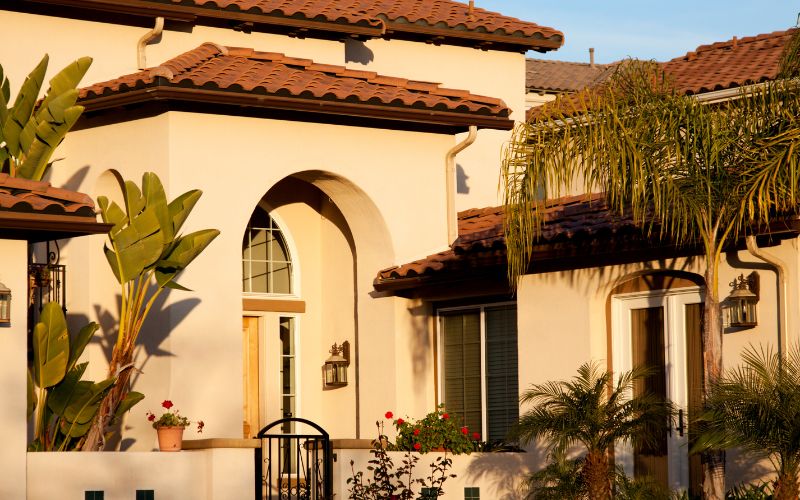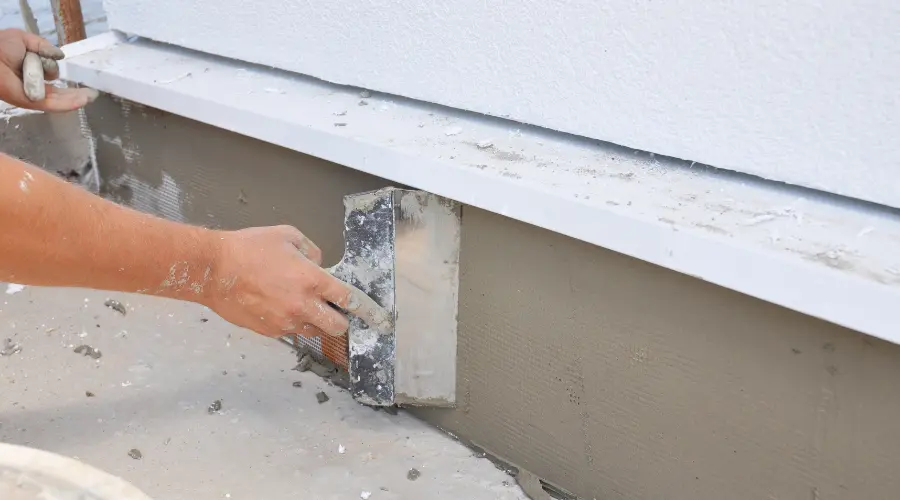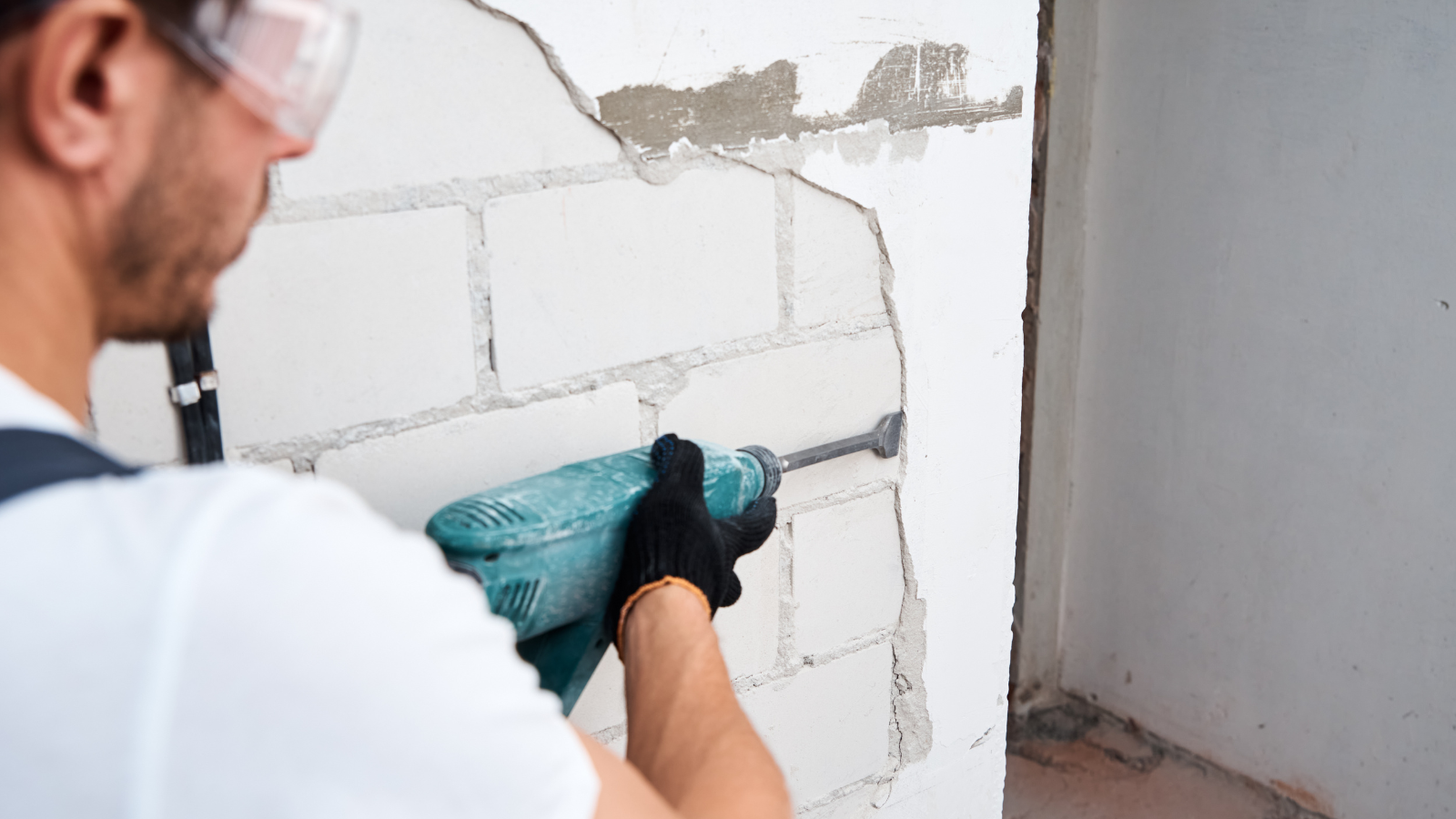- Damp Looking at Stucco
The stucco should no longer be a cause for concern whenever it rains. It’ll make sense that it’s wet after it rains. But if it’s still damp a week after the rainy weather, that means water has seeped inside the stucco. The wall may also have some areas that appear damp all the time. Since that is where water may enter, pay close attention to those.
- Cracks
There is no doubt that water has gotten into your stucco if there is a crack. However, you shouldn’t freak out because it doesn’t yet indicate that you’ve sustained permanent harm. But it’s a sign that water has gotten inside, so you should act immediately to prevent further damage.
- Missing Chunks of Stucco
See if any siding fragments have detached from your stucco by looking at it closely. It is clear from the surface damage that water has seeped underneath and is creating issues.
- Cracks and Bubbles at the Bottom of the Wall
Check the bottom edges for any cracks or bubbles during your inspection to see if they are apparent. Water will run down because gravity must be obeyed by everything. Because of this, the majority of the damage may be at the wall’s base.
- Window Caulking Damage
Do you see any cracks or holes in your window caulking? Additionally, it indicates that water has penetrated the stucco. You will also need to replace those windows if it has been there for a significant amount of time. Regular stucco inspections are crucial because of this.
- Soft Drywall
To carry out your investigation further, you are now entering. Your windows’ drywall should feel solid. To your touch, does it feel soft? That is yet another manifest indicator of water damage. In these circumstances, the exterior stucco and that section of drywall will need to be replaced.
- Basement Moisture
Last but not least, check the walls in your basement. It will become clear that moisture on the walls may result from water in the stucco. Be sure to rule out any additional causes before fixing the issue because this isn’t the only scenario in which this could occur.







